The intricate dance between humans and the avian world has fascinated us for centuries, but there are moments when this delicate balance is disrupted – when birds, usually symbols of grace and freedom, unexpectedly turn aggressive toward humans.
The phenomenon of birds attacking humans raises intriguing questions about the intricacies of the natural world and the factors that trigger such behavior.
While most bird species coexist peacefully with humans, instances of bird attacks have been documented, leaving us to wonder why these usually gentle creatures might resort to aggression.
Understanding why do birds attack humans requires delving into the intricate interplay of instinct, territoriality, protection, and human presence.
By examining these reasons, we gain insights into the complex dynamics that define our interactions with the avian realm.

Why Do Birds Attack Humans? [9 Possible Reasons]
Birds attacking humans are relatively rare, but they can happen for a variety of reasons.
While most birds generally avoid humans, certain circumstances might trigger defensive behaviors that lead to attacks.
Here are nine possible reasons:
Nesting Defense
During the breeding season, some birds become highly protective of their nests and young. If they perceive a human as a threat, they might swoop down to deter potential predators.
Territorial Aggression
Birds are territorial creatures. If a human enters their perceived territory, especially during nesting season, they may view the person as a threat and act aggressively to defend their space.
Perceived Threat
Birds have evolved to be wary of larger creatures, including humans. If a person moves suddenly or displays threatening body language, a bird might respond with a defensive attack.
Protecting Offspring
Just like any parent, birds want to ensure the safety of their offspring. If they sense danger from a human, they might act aggressively to drive the person away.
Food Competition
Some birds are bold scavengers and might associate humans with food. If a bird thinks a human might have food, it could become assertive in seeking a share.
Mirror Aggression
In certain situations, birds mistake their own reflection for another bird invading their territory. This can trigger territorial aggression towards the “intruder.”
Injury or Illness
Birds that are injured or sick might act aggressively out of fear and a desire to protect themselves when humans approach.
Learned Behavior
If a bird has had previous negative experiences with humans, it might generalize this fear to all humans and react aggressively in self-defense.
Unintentional Provocation
Sometimes, human activities like jogging, cycling, or walking near a nest might inadvertently provoke birds. The motion and presence of humans could trigger a defense response.
It’s essential to remember that bird attacks are often defensive behaviors, and birds do not typically seek out humans to attack them.
In most cases, avoiding the areas where birds are nesting, reducing sudden movements, and maintaining a respectful distance can help minimize the chances of being targeted by defensive bird behavior.
Top 9 Birds That Attack Humans
Here is a list of the top 9 birds that attack humans:
Cassowary
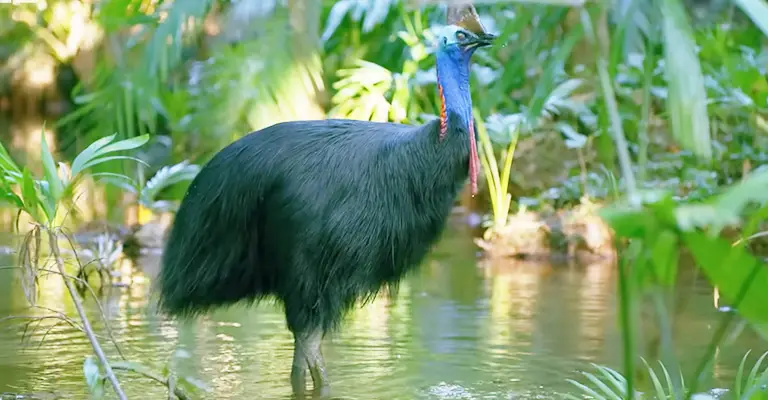
This is a large flightless bird native to Australia and New Guinea. It has a powerful kick and a sharp claw on its inner toe that can inflict serious injuries.
Cassowaries are usually shy and avoid humans, but they can become aggressive if they feel threatened or provoked, especially during the breeding season.
Cassowaries have been known to kill humans with slashing blows to their feet.
Magpie
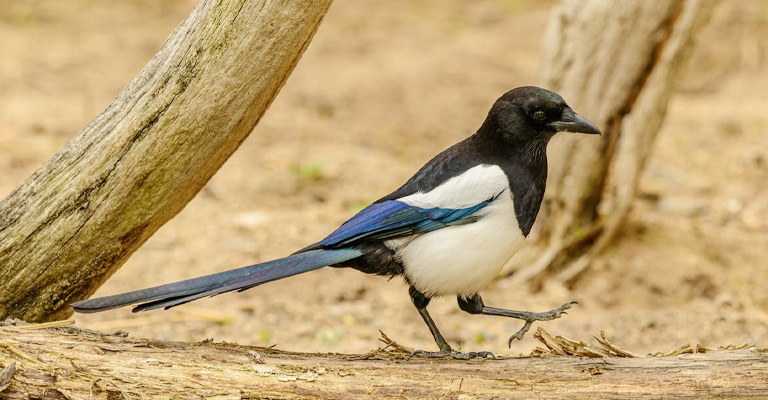
This is a common black and white bird found in North America, Europe, Asia, and Australia. It is known for its intelligence and ability to mimic human speech.
Magpies are also very territorial and will defend their nests from intruders. They are most active during the nesting season, typically from April to August.
Magpies will often swoop down and peck at people’s heads or eyes.
Swallow
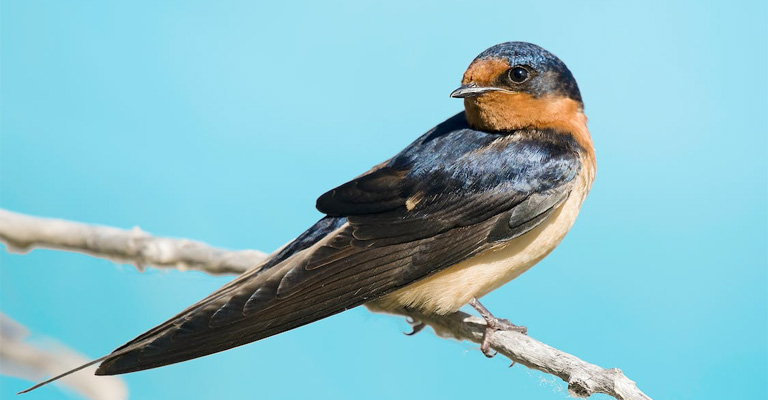
This is a small bird with a forked tail that feeds on insects in the air. Swallows are found in many parts of the world and have a variety of colors and patterns.
Swallows are normally not a physical menace to humans, but they do go after people on rare occasions. They swoop down unexpectedly on people standing in the wrong place at the wrong time.
The swallows instinctively and naturally go after potential predators for their eggs and nests.
Lammergeier
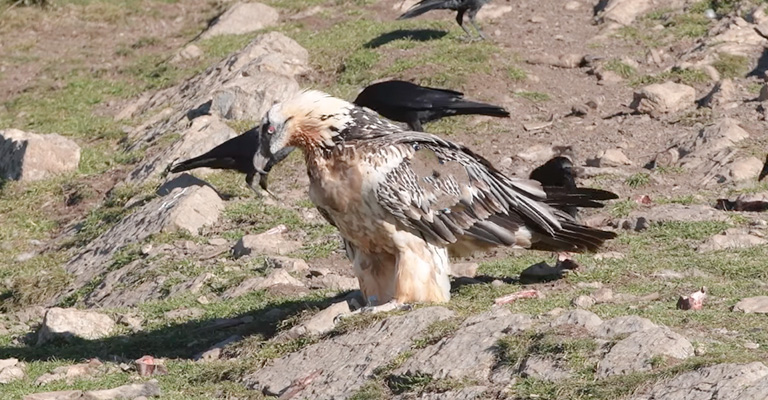
This is a large vulture that lives in the mountains of Asia and Africa. It has a wingspan of up to 3 meters (10 feet) and a distinctive beard-like tuft of feathers on its chin.
Lammergeiers feed mainly on bones, which they drop from great heights to crack open. They can also attack humans, although the attacks are mostly unintentional or relatively rare.
They can mistake you for prey, and if that happens, they will dive-bomb you while flapping their large wings.
Ostrich

This is the largest and heaviest living bird, native to Africa. It can run up to 70 km/h (43 mph) and has powerful legs with two toes each.
Ostriches are usually peaceful and curious animals, but they can become aggressive if they feel threatened or cornered.
They can kick with enough force to kill a human or a lion. Ostriches have also been known to chase people who get too close to their nests or young.
Hawk

This is a general term for any bird of prey that belongs to the family Accipitridae, which includes eagles, kites, harriers, buzzards, and vultures.
Hawks have keen eyesight and sharp talons that they use to catch and kill their prey.
Hawks are usually wary of humans and avoid contact, but they can attack if they perceive a threat to their territory or offspring. Hawks can inflict painful wounds with their beaks and claws.
Seagull
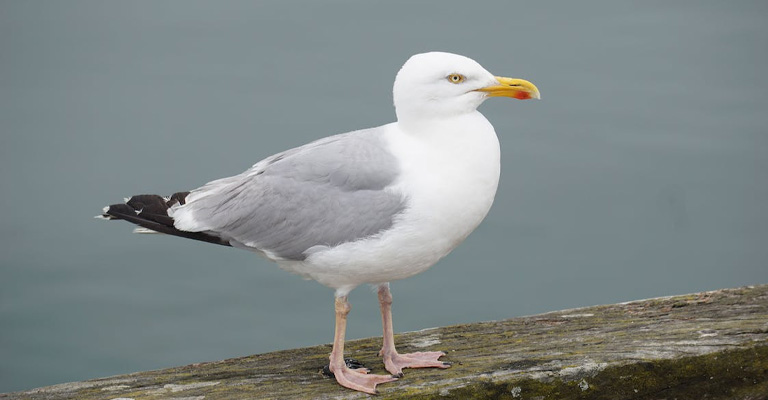
This is a common name for any bird that belongs to the family Laridae, which includes gulls, terns, skimmers, and kittiwakes. Seagulls are found near coasts, lakes, rivers, and other bodies of water.
They feed on fish, insects, worms, garbage, and sometimes other birds or mammals. Seagulls are opportunistic and aggressive birds that will steal food from humans or other animals.
They will also attack humans who get too close to their nests or young or who try to scare them away.
Crow
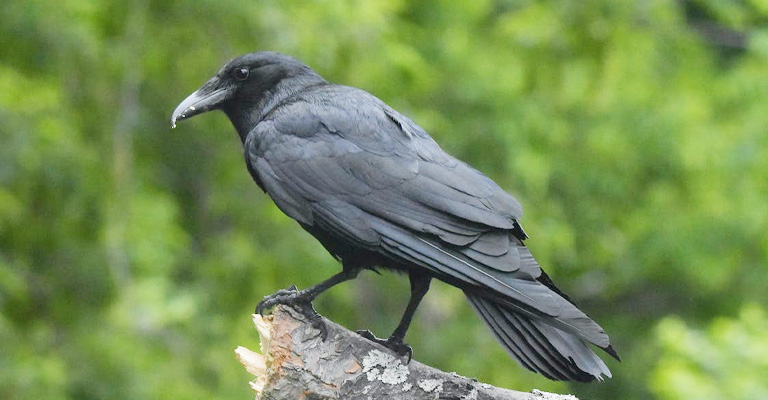
This is a name for any bird that belongs to the family Corvidae, which includes ravens, rooks, jackdaws, jays, magpies, and nutcrackers.
Crows are among the most intelligent birds and can recognize faces, use tools, solve problems, and communicate with each other.
Crows are also very social and form large flocks that cooperate and compete with each other. Crows can be friendly or hostile towards humans, depending on their experiences. They will remember people who have harmed or helped them in the past and act accordingly.
Crows can also attack humans who enter their territory or disturb their nests.
Emu
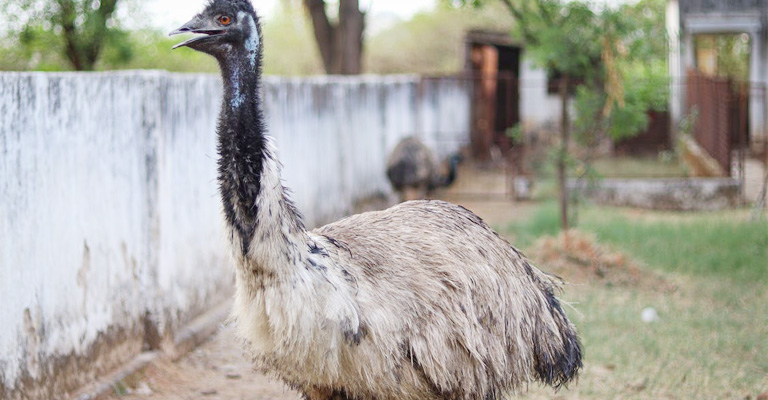
This is another large flightless bird native to Australia. It is the second-largest living bird after the ostrich and can reach up to 2 meters (6 feet) in height.
Emus have long legs with three toes each and can run up to 50 km/h (31 mph). Emus are usually curious and docile animals, but they can become aggressive if they feel threatened or harassed.
They can kick with enough force to break bones or rupture organs. Emus have also been known to chase people who approach them too closely or annoy them.
Signs Of Birds Behavior Before It Attacks You
Some birds can be aggressive and attack humans for various reasons, such as defending their territory, protecting their young, or competing for food.
Here are some signs of bird behavior before it attacks you:
Flashing Colors
Some birds have bright patches of color on their wings, crests, tails, or crowns that they use to warn intruders that they are irritated.
They may flash these colors by spreading their feathers or moving their head. This is a threat display that is meant to intimidate and deter potential enemies.
Changing Posture
A bird’s posture can also indicate its emotion and intention. An angry bird may stretch up tall or crouch into an attack position, or it may sharply flick its tail or spread its wings to make itself appear larger and more threatening.
These are signs that the bird is ready to fight or flee.
Making Sounds
Many birds have alarm calls and other sounds, such as bill clacks or hisses, that can indicate agitation and anger.
These sounds are usually loud and harsh, and they serve to alert other birds of danger or to scare away intruders. Some birds may also mimic human speech or other noises to confuse or annoy humans.
Swooping Down
One of the most common and frightening behaviors of aggressive birds is swooping down on humans who get too close to their nests or young or who try to scare them away.
This is a form of aerial attack that can cause injury or pain to the head or eyes. Some birds may also peck, bite, scratch, or claw at humans during the swoop.
Chasing
Another behavior of angry birds is chasing humans who enter their territory or disturb their nests.
This is a form of pursuit that can last for several minutes or even hours, depending on the bird’s persistence and stamina. Some birds may also fly in front of humans to block their path or force them to change direction.
These are some of the most common signs of bird behavior before it attacks you. If you encounter an aggressive bird, it is best to stay calm and avoid provoking it further.
FAQ
Birds may attack humans when they perceive a threat to their nests, young, or territory. They act defensively to deter potential predators, including humans, and protect their offspring.
No, not all bird attacks are aggressive in nature. Most birds avoid humans, but certain circumstances, like a nesting season or feeling cornered, can trigger defensive behaviors that may include attacks.
Yes, sudden movements, direct eye contact, or invading a bird’s nesting area can provoke defensive responses. Birds interpret such actions as potential threats, leading them to react with aggression.
No, not all bird species exhibit aggressive behavior toward humans. Some birds, like hawks and magpies, are more territorial and prone to aggression, while others maintain a safe distance from human activity.
Avoiding areas with nesting birds during their breeding season, moving calmly and slowly around birds, and maintaining respectful distances can reduce the likelihood of bird attacks. Respecting their space and behavior is key to peaceful coexistence.
Conclusion
The mystery of why birds occasionally attack humans serves as a reminder of the intricacies of the animal kingdom and the depths of our shared natural heritage. While such encounters can evoke surprise and concern, they also highlight the importance of respect and coexistence.
Rather than portraying these avian encounters as hostile acts, they beckon us to appreciate the multifaceted nature of birds’ behavior and our own role in their world.
By nurturing an understanding of the reasons behind these attacks, we not only mitigate potential conflicts but also foster a greater appreciation for the incredible diversity of life that surrounds us.
As we navigate the realm where our lives intersect with the avian world, it is our responsibility to tread with awareness, acknowledge the intricacies of their lives, and strive for harmonious cohabitation.